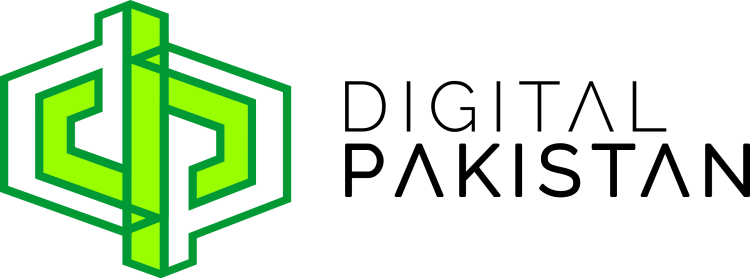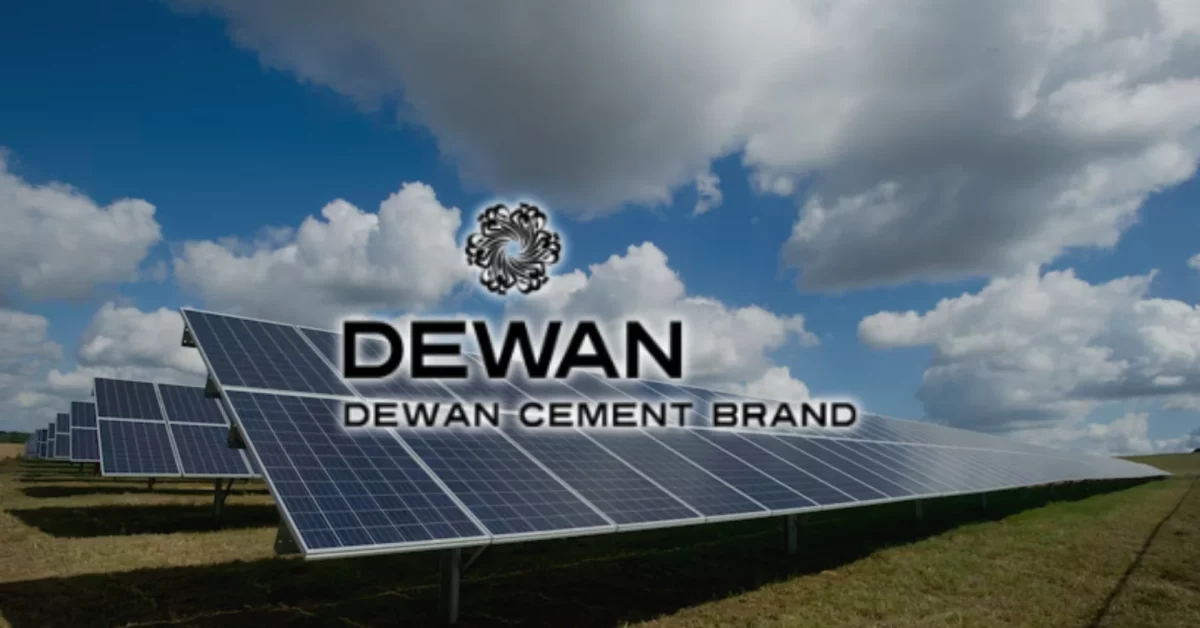
Why and How to Develop a Blog for your Business
October 30, 2024
Ethical Standards for AI
November 9, 2024SEO Basics for Google: Creating Quality Content
SEO (Search Engine Optimisation) is the act of optimising a website to improve its visibility and ranking in organic search results. On platforms such as Google, the aim is to increase organic (non- paid) traffic.
While considering SEO for the web, three aspects should be considered: On- page SEO, Off-page SEO, Technical SEO.
– On Page SEO: This is the content that you see on the website itself. When optimising elements on the website, title tags, meta descriptions, header tags are important to take note of. The content itself should not be an afterthought either.
– Off Page SEO: This includes activities done of off the website in order to increase the websites search rankings. Off-page SEO actions include building backlinks, encouraging branded searches and increasing the engagement and shares on social media platform.
– Technical SEO: Technical SEO is ensuring that a website meets the technical requirements of Google while meeting the goal of improving organic rankings. This includes technical SEO, including crawling, indexing, rendering and website architecture.
Some of the most common SEO tactics to create quality content include; link building, technical SEO, keyword research, user intent, content structure to name a few aspects.
Link Building
Link Building is an SEO tactic that involves getting other websites to link to your website. Google endorses this, and the higher quality and quantity of backlinks, the more search engines will push the site up. The backlinks’ location matters too. Generally, Google will trust the backlinks more if they appear early on in the main body.
Technical SEO
Improving a website to make it easier for Google to find, understand and store content matters alongside user experience. This includes making the website faster and accessible to use on all devices. If the site isn’t accessible, Google will not promote the web page.
Keyword Research
To create quality content, keyword research can really make an impact. Terms and phrases need to be identified that the target audience is searching for on Google. By optimising content around the keywords, it improves chances of showing up more
Here are some useful tips for keyword search:
– Use tools like Google Keyword Planner and other third-party tools to find popular search terms related to your topic.
– Look for long-tail keywords. This means phrases which are longer and more specific. This makes it more likely to find the relevant content as opposed to competing with shorter and more general wording.
– Analyse what else is going online to identify what keywords are being targeted by other platforms. Fill the gap in content to get more traffic to your web page.
User Intent
User intent is needed to be understood to optimise content. It’s the reason a user would search for a particular thing online. By identifying this, you can create content that is targeted the right audience.
When creating content, its important to consider the different types of user intent:
– Informational: Users are looking for information that answers a particular question
– Navigational: Users are searching online to find a specific site
– Transactional: Purchases are involved
Content Structure
Content that is solid, clear, relevant and informative structure is easier for both users to look up, as well as for search engines to push up.
To structure content well:
– Use headings and subheadings to break up the text, making it easier to read.
– Organise content into clear sections so as to make it easy to differentiate.
– Google loves bullet points and numbered lists! Makes the content easier to read and more click friendly.
– Include images and videos that are relevant to the rest of the content to enhance user experience.






